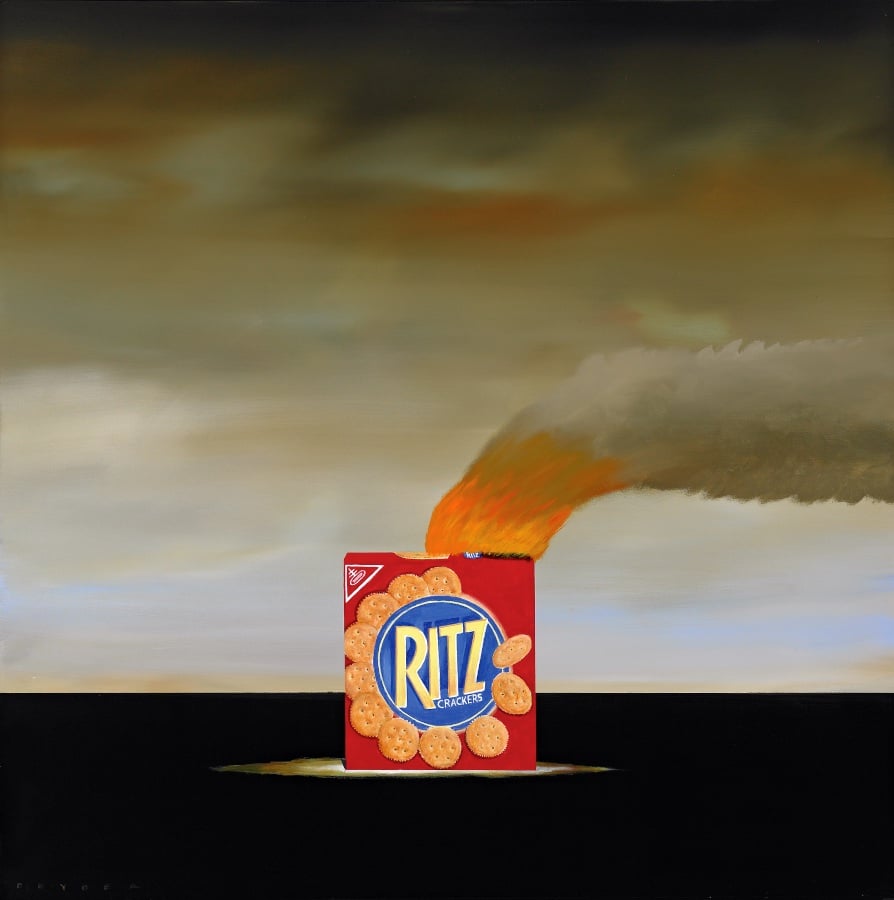
According to the New York Times, the market for “decorative, mainstream art”—the kind that one might encounter at, say, a Hamptons art fair (see “How To Tell the Three Hamptons Art Fairs Apart“)—is quietly booming. While the art snobs who attend Art Basel and Frieze and peruse blue-chip galleries like Gagosian and David Zwirner are quick to dismiss these “recognizable and uplifting” low-end contemporary artworks, that doesn’t stop such objects from selling like hotcakes.
The spaces responsible for the “bad art” boom are typically part of large conglomerates that operate multiple outlets around the world, usually in New York, London, in vacation hotspots, and on luxury cruise liners. They are accessible and friendly in a way that is more akin to a retail store than to the experience of walking into a blue chip gallery, where uninitiated patrons often feel intimidated. They occasionally peddle Warhols that retail for six figures, but make most of their sales on pieces from younger, unknown artists that sell for a few thousand dollars. John Salvo, the director of Martin Lawrence Gallery (which has locations in Manhattan, Boston, Dallas, Las Vegas, Orange County, and more), describes his steepest competition as not being from other art galleries, but from “high-end impulse-buy retail stores like Louis Vuitton and Prada,” where a handbag is priced at the same point as one of his gallery’s paintings.
The strangest thing about this bizarro art world is that, unlike patrons of elite galleries and auction house regulars, buyers of commercial contemporary pieces don’t much care that they likely won’t be able to resell. Few of these works will ever go for a fraction of their original prices at international auctions, but according to artist John Myatt, “Buying these paintings isn’t a display activity for a wealthy elite. People are buying simply because they like them.”